
 The team ... Schaerer (left), Enany.
The team ... Schaerer (left), Enany.
Dubai-based Swiss Middle East (SME), a leading engineering office for advanced custom design of curtain wall and architectural cladding, is currently expanding its offices to cope with the increasing market demands for sophisticated building envelopes.
SME provides special services that cover the whole process of façade engineering, right from preparing the concept design for the façade system through to issuing the installation method statement and relevant drawings. This involves many sequential steps in between – starting with the preparation of shop drawings, structural analysis, materials take-off through to releasing the fabrication drawings, which sometimes need specialised knowledge of the three-dimensional drawings, says Mohamed Enany, general manager of the company.
“Our range of services is useful to many in the construction sector, including architectural consultants, buildings owners, main contractors and aluminium subcontractors,” he says.
“For the architectural consultants, we can prepare the preliminary design drawings and details - the concept design - that illustrate the applied aluminium system and show all the critical technical interfaces in that system such as, water drainage, ventilation, pressure equalization, heat expansion and movement joints, among other features such as the rain screen principle method.
Elaborating on the rain screen principle, director of the company Roger Schaerer says: “Rain screen wall construction involves an exterior skin that acts as a moisture-repellant and a backup wall that is caulked but never exposed to the elements. Insulation is located between the backup wall and the exterior skin/screen. Air is permitted to circulate within the wall cavity, which keeps the insulation dry and allows the moisture to evaporate, thus eliminating condensation problems and preventing the buildup of mould. The general consensus used to be that an exterior single seal would protect the interior environment of a building. Today, building forensics has taught us that moisture latent air (humidity) is the major culprit of exterior wall failure.”
“For buildings owners, we can advise on the most suitable and economical aluminium system that can be used; for main contractors, we can monitor the aluminium subcontractor’s progress in preparing the shop drawings and review all detail drawings before submission to the consultant, and for subcontractors, we can provide the shop drawings, structural calculations and analysis, die drawings, materials take-off calculations and production drawings, which can minimize time and costs through value engineering” he continues.
Value Engineering is a specialised design review undertaken to optimise/rationalise project costs whilst maintaining the original design brief and/or intent. The functional analysis of a design identifies non-essential characteristics and functions for the purpose of their elimination or modification, thus enabling the costs of satisfying the design brief to be reduced. Value engineering aims at providing the best balance between cost, performance and reliability.
Most of the modern facades and roofs in buildings today are built out of glass, plastic materials and metal along with structural steel as well as stainless steel and aluminium and in-depth knowledge is required to design structures made out of these composite materials, says Heinz Wieland, SME’s engineering director.
“Glass should not be designed applying traditional structural models as the design of structural glazing needs to take into account new safety concepts. Although the expression ‘Fail Safe’ is not yet familiar to many of the engineers and architects in the Middle East, it is the best way to deal with glass structures,” he points out.
“Swiss Middle East is renowned for using modern design tools for the safe and economical design of buildings façades. We believe that the best results are achieved by the combination of these materials into composite building structures, which calls for sophisticated calculations in terms of strength and thermal properties. Simple models of structural design – which are still being used in building construction in the region – are not able to satisfy modern demands. To avoid both over designing – which can lead to higher cost for the client – and the risk of failure, improved design methods have to be established. Splitting up structural, thermal and acoustic design produces sub-optimal solutions while structural designing based on simple models and standards increases cost and does not allow for advanced architectural design,” Wieland says.
SME’s engineering services cover custom-designed curtain walling, including mechanically and or naturally ventilated (double skin), structural glazed curtain walls, structural glass walls using metal cables, skylights, windows and doors, metal and glass canopies, soffit and roof cladding, rods and spider designs, sunshades and decorative cladding with integrated solar panels and architectural louvers.
Some of the more prestigious projects SME and/or its senior management have been involved in are the Al Faisaliah Centre and the Kingdom Centre, both in Riyadh, Emirates Tower Dubai, Al Attar Tower and Union House in Dubai, Arraya Center in Kuwait Abu Dhabi Trade Centre and the ADIA in Abu Dhabi, which is so far the only high-rise building with a mechanically ventilated double skin curtain wall façade in the Middle East.
“High insulation technology applied on building envelopes is the key to a sustainable environment,” Schaerer concludes.


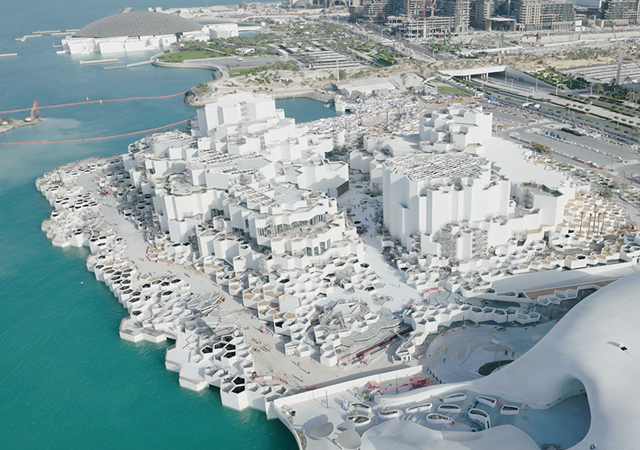
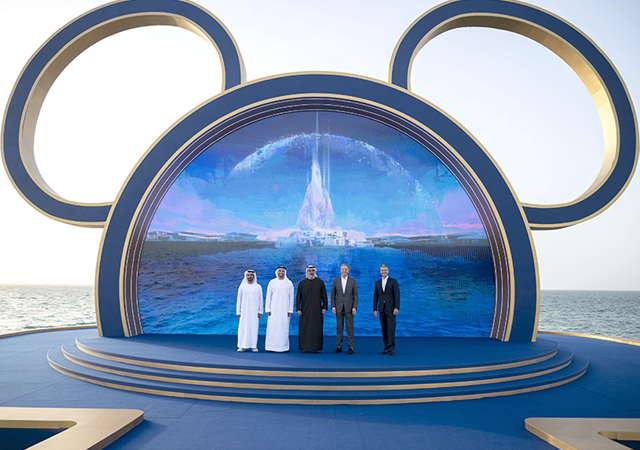

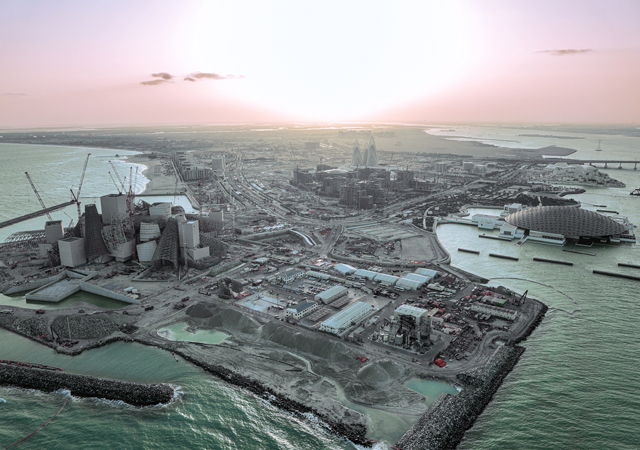

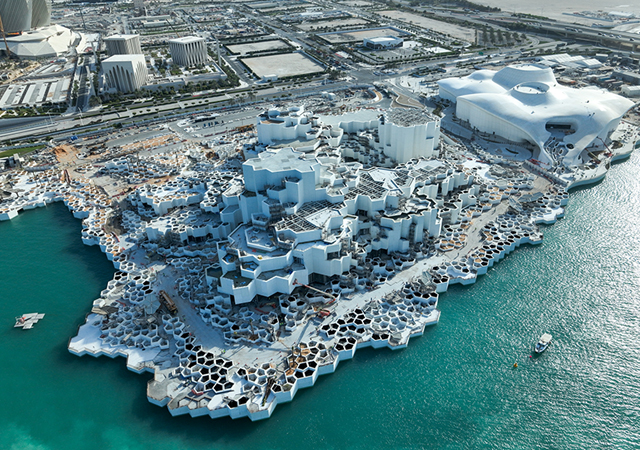
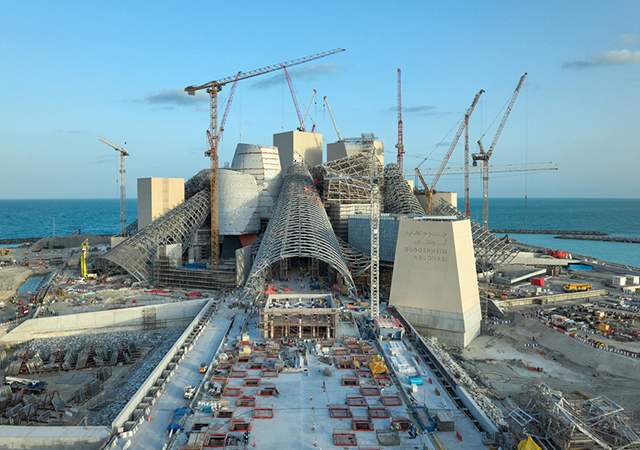
.jpg)


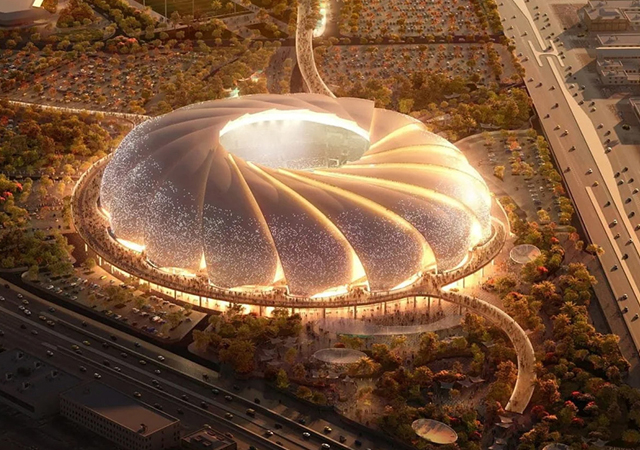

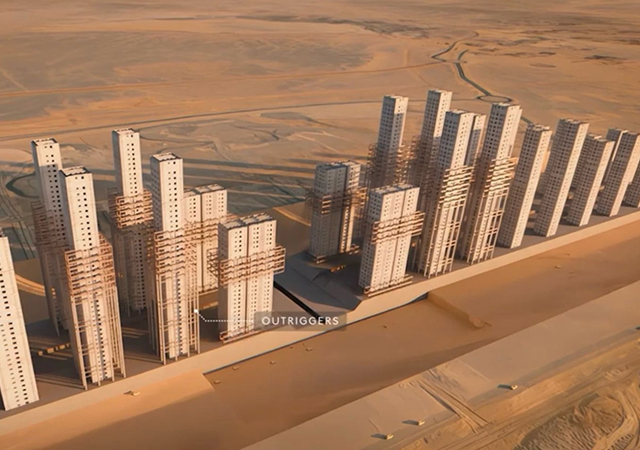
.jpg)

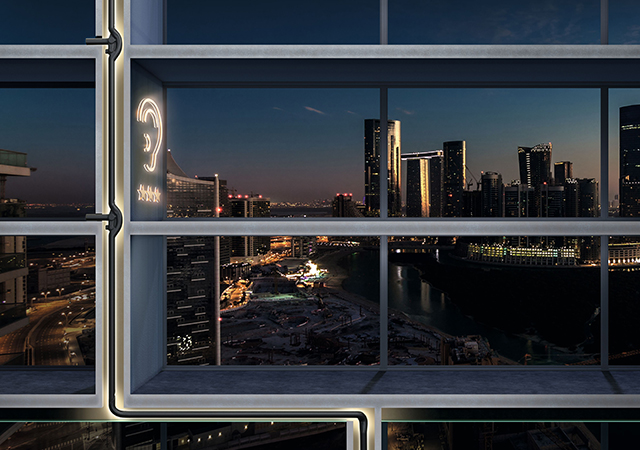
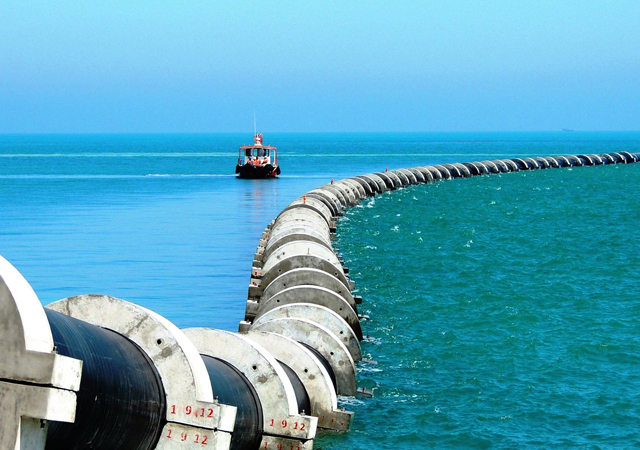


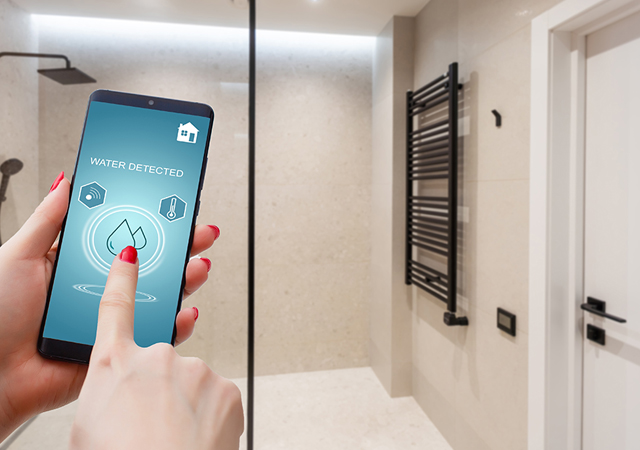
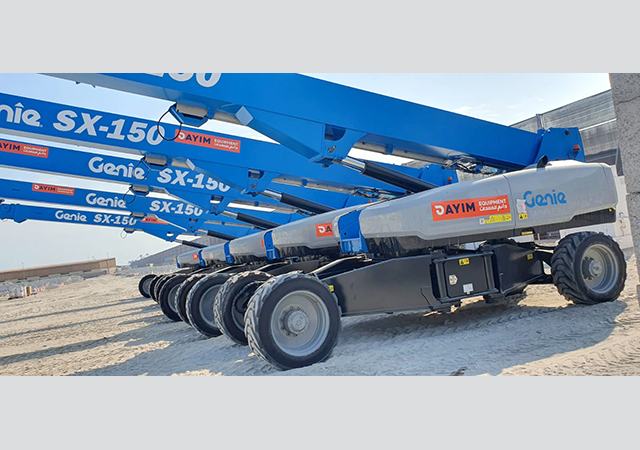
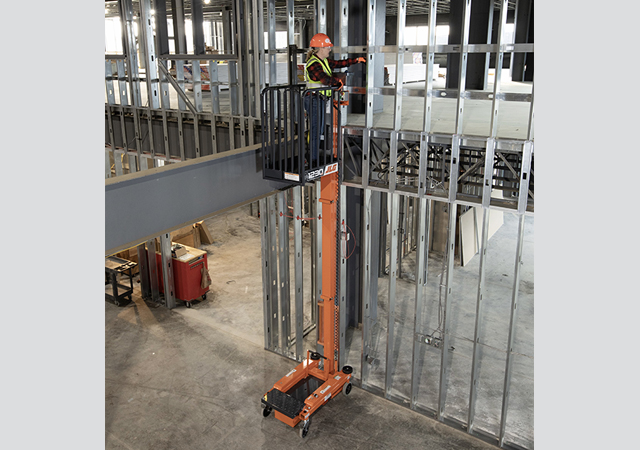
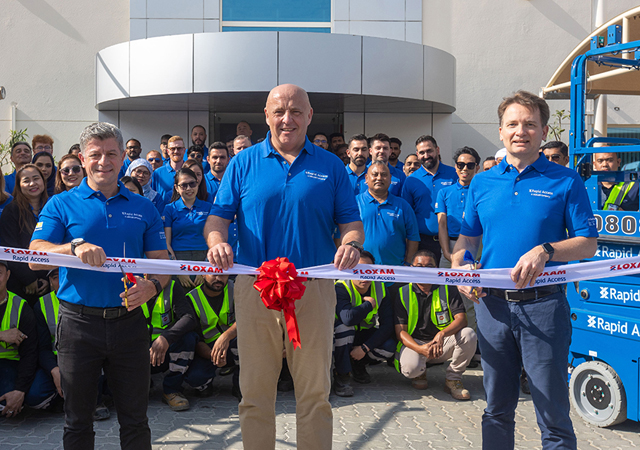
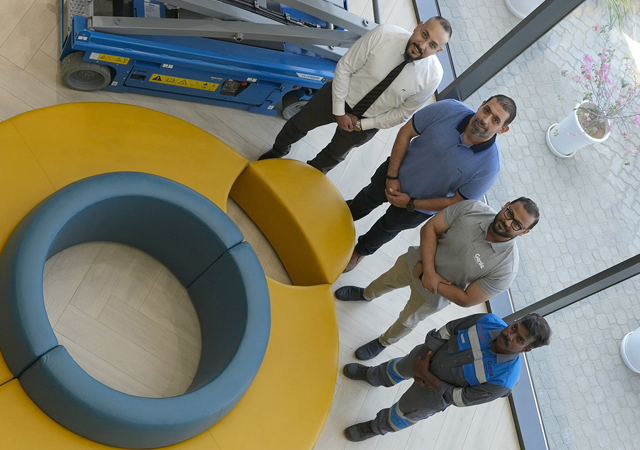
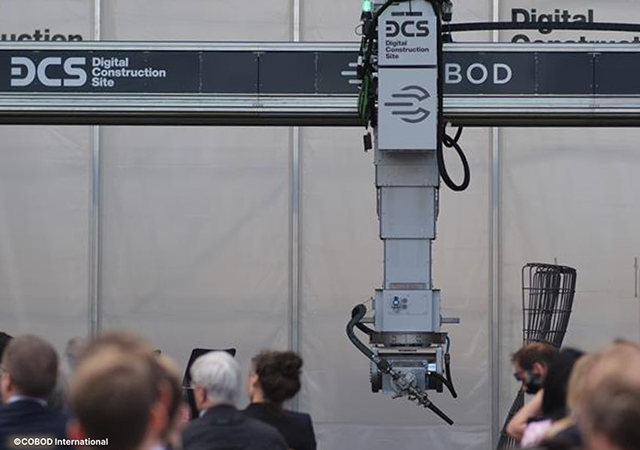
Doka (2).jpg)
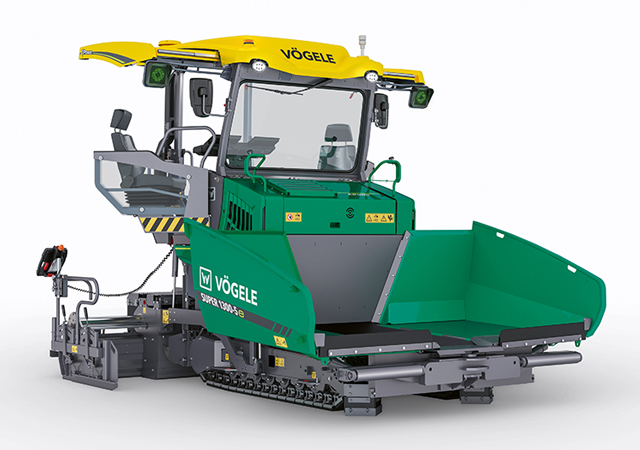
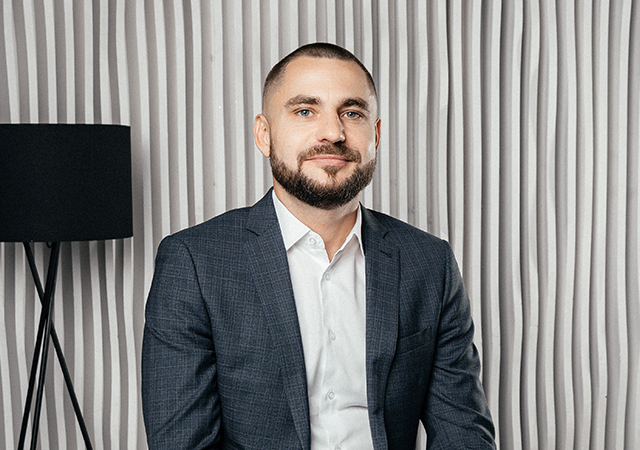

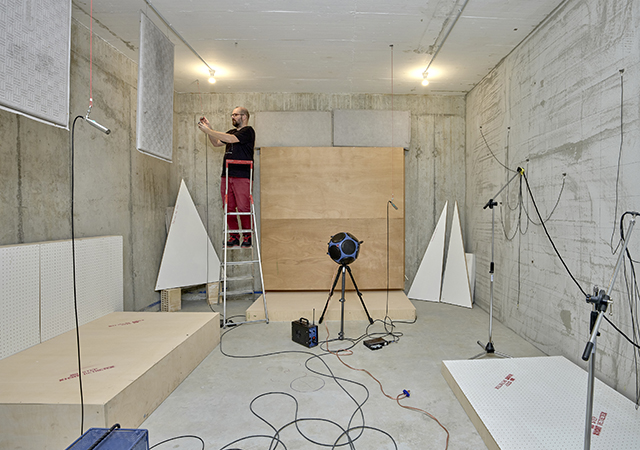
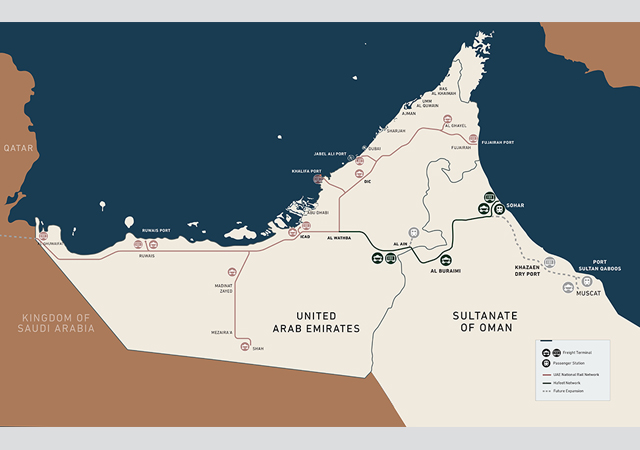
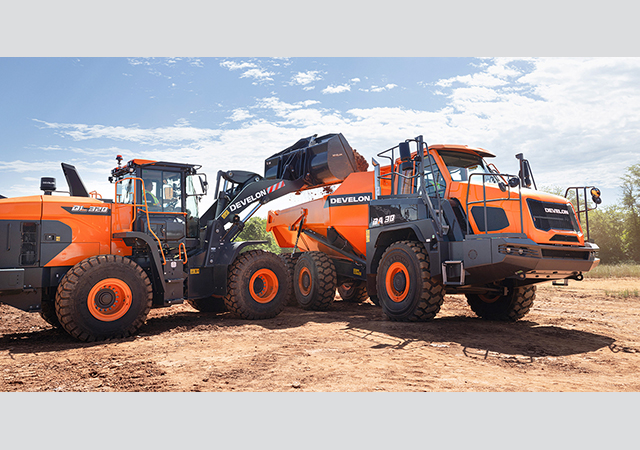
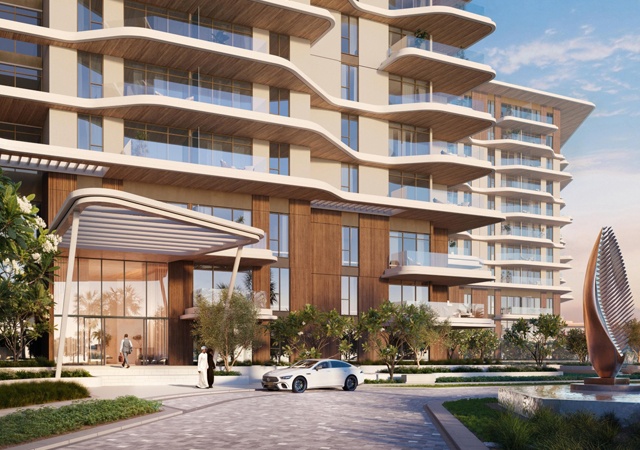

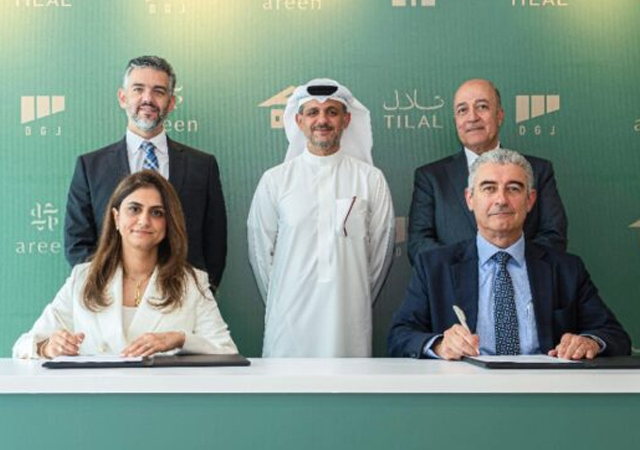
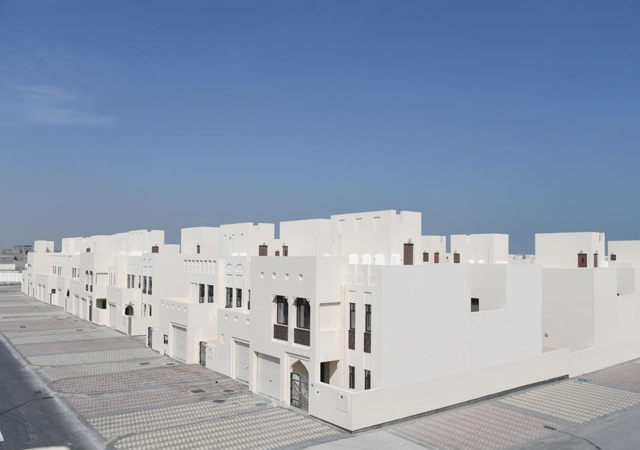


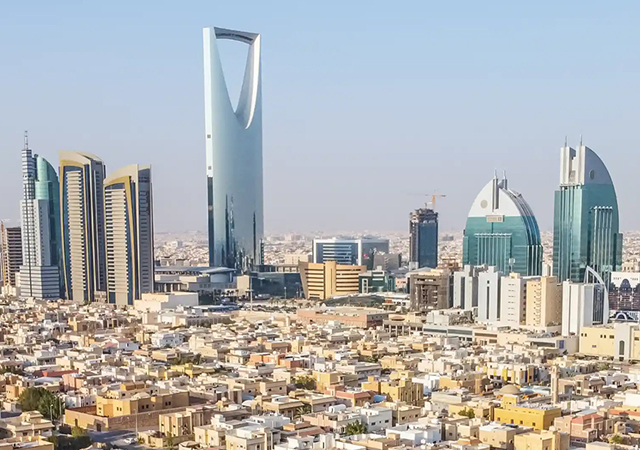
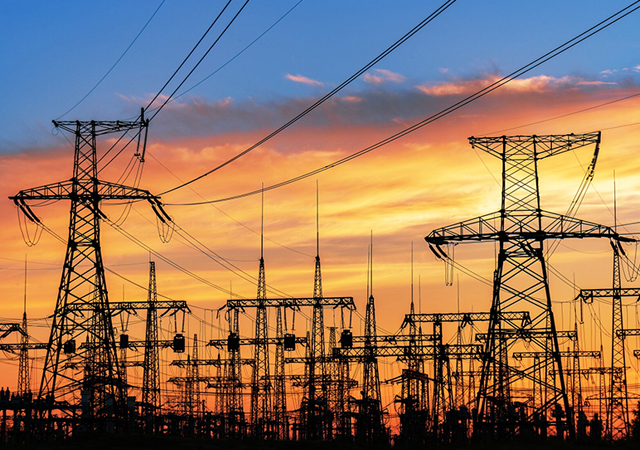
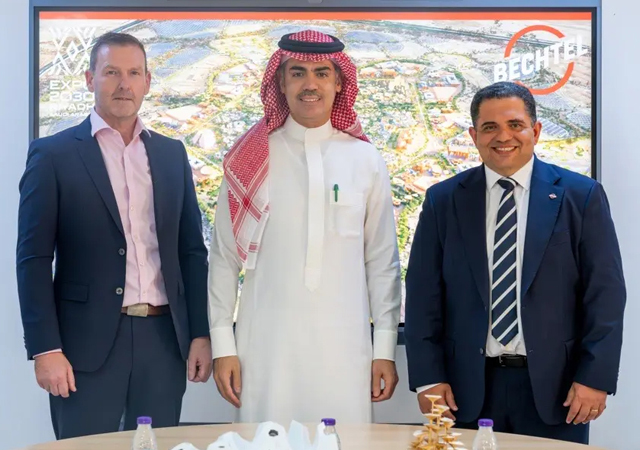
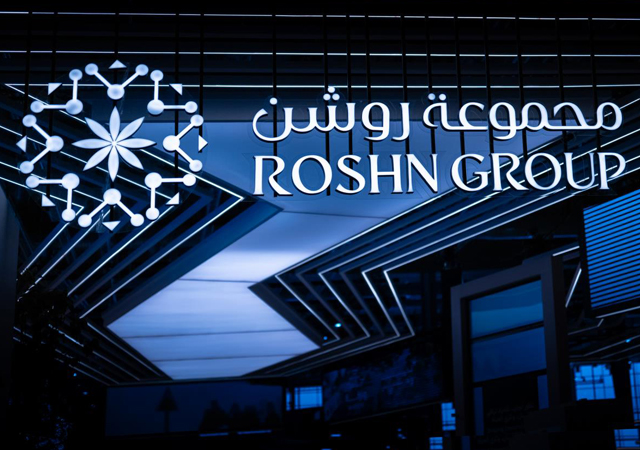
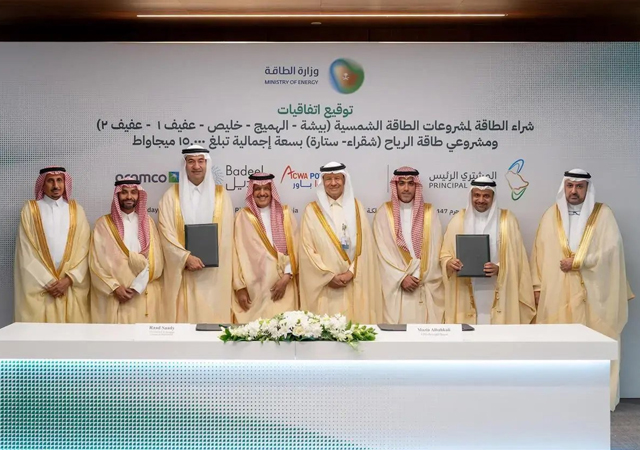
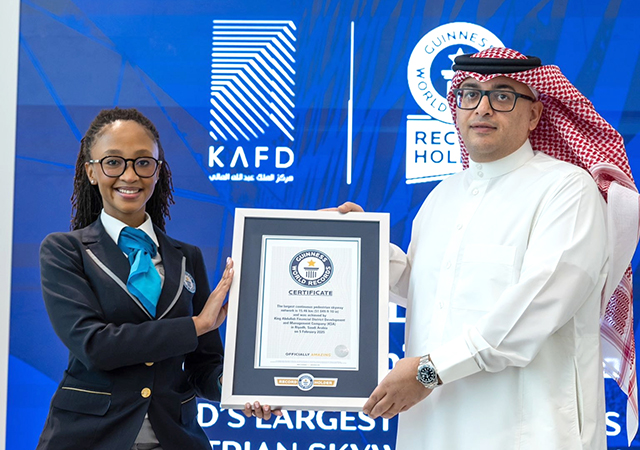
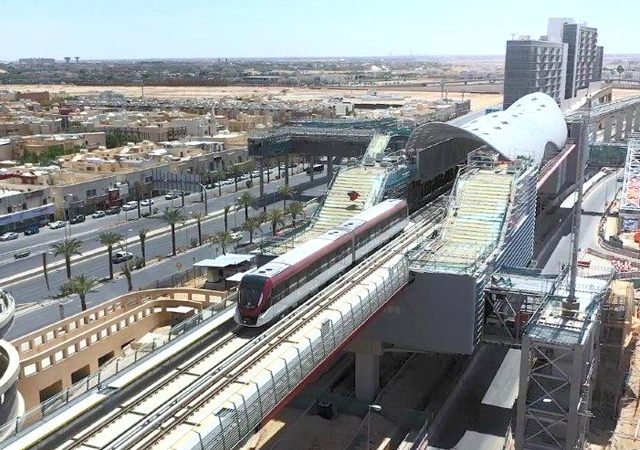
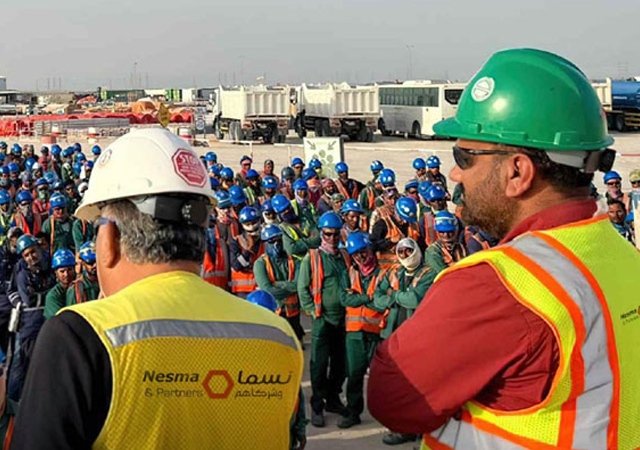
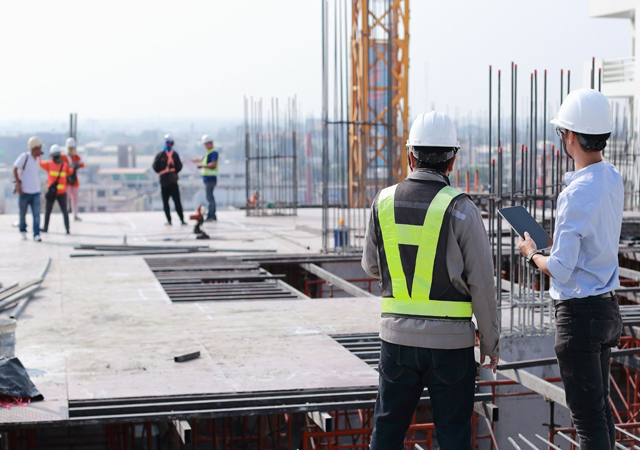
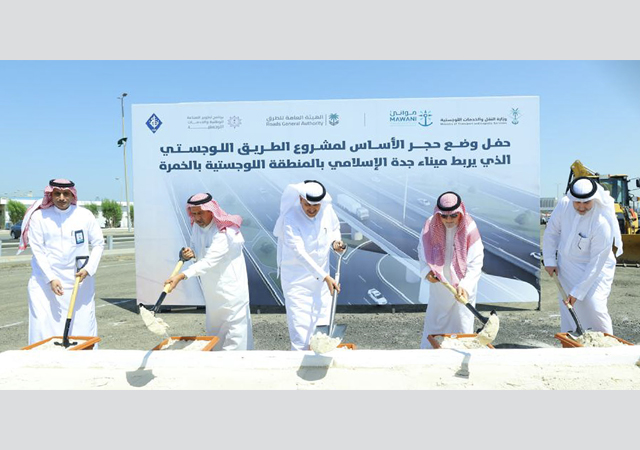
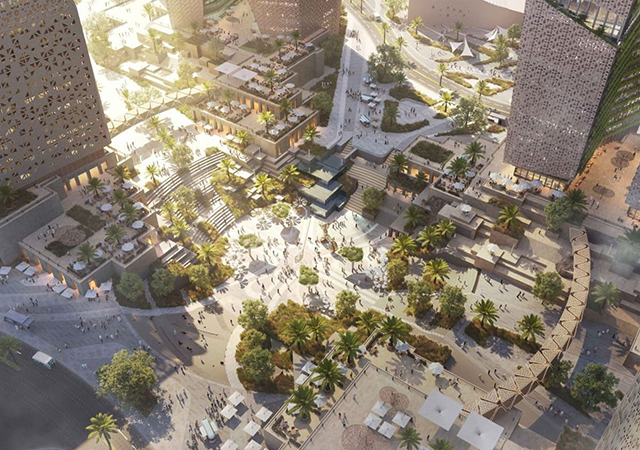


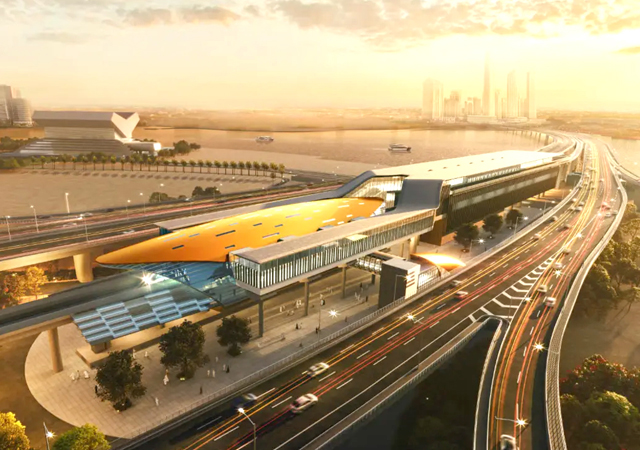
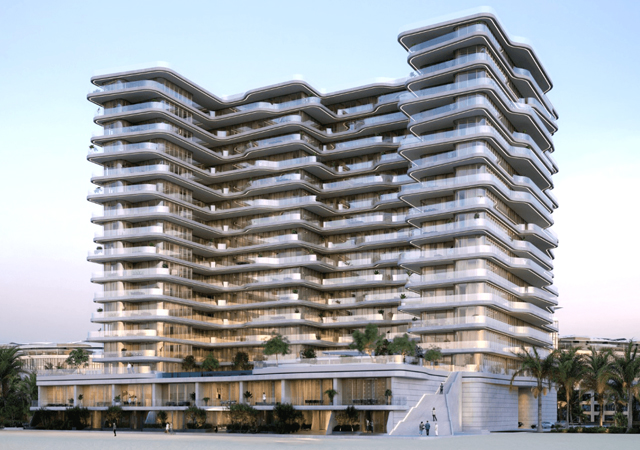

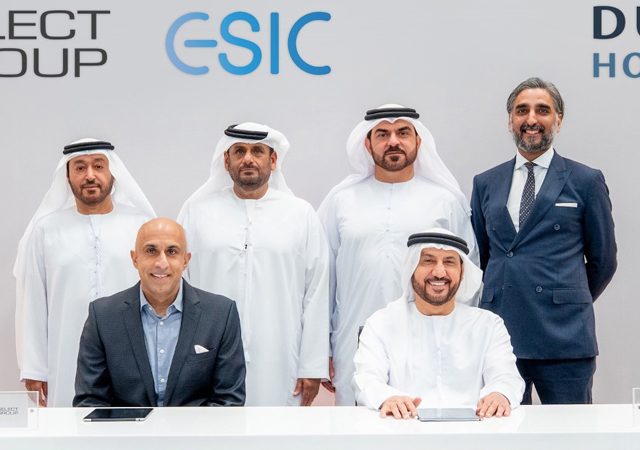
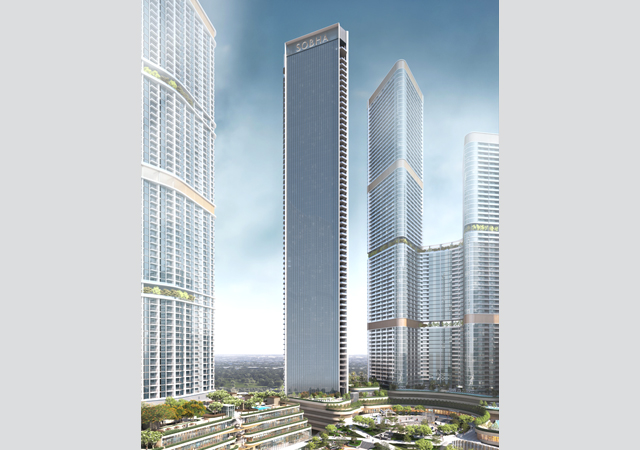
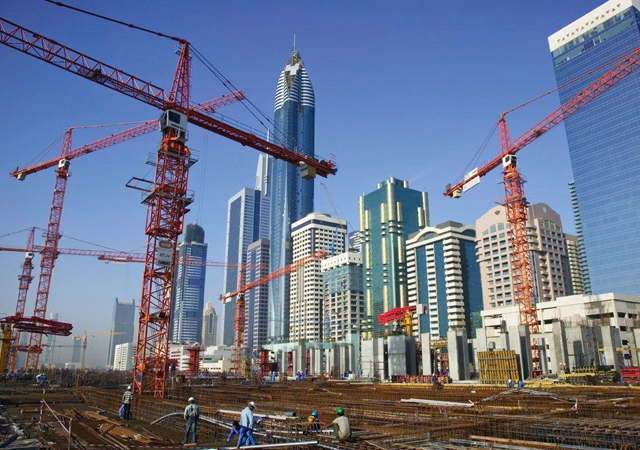
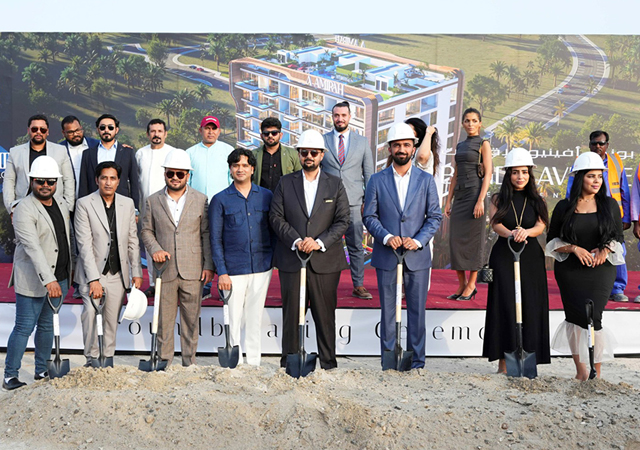
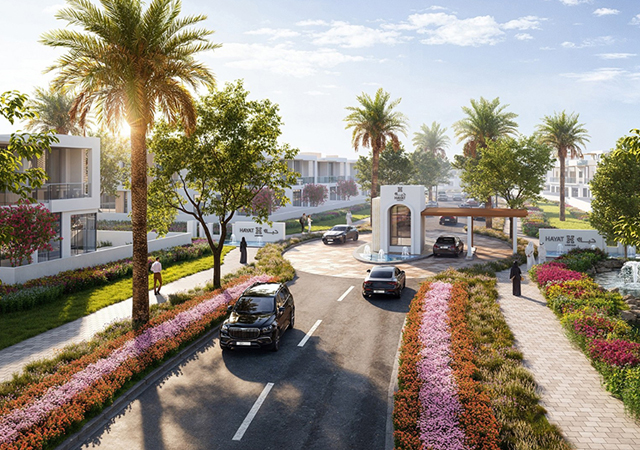

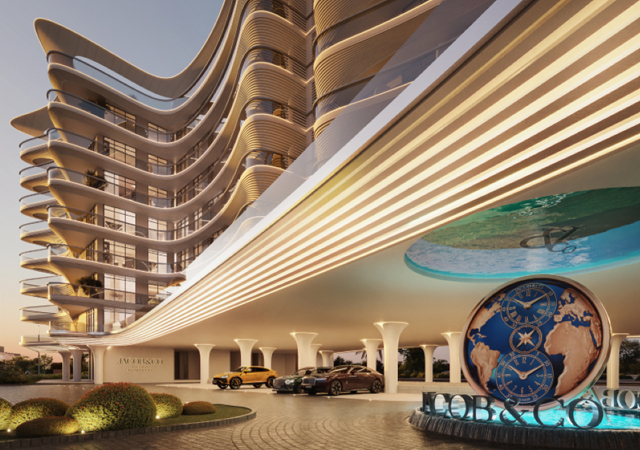



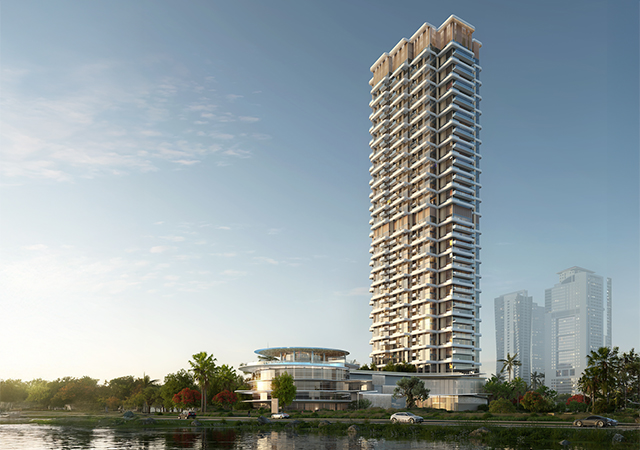
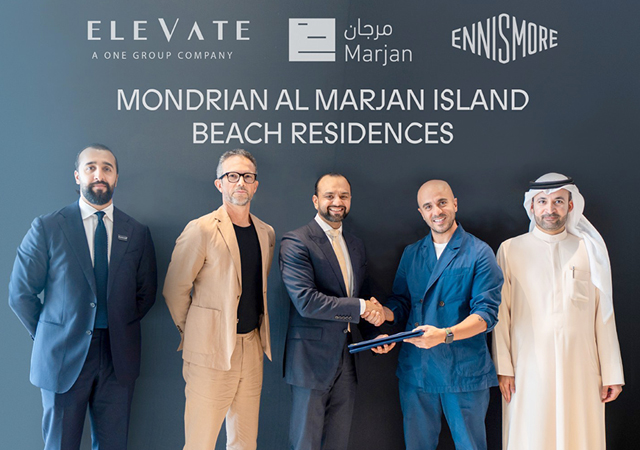
.jpg)
.jpg)
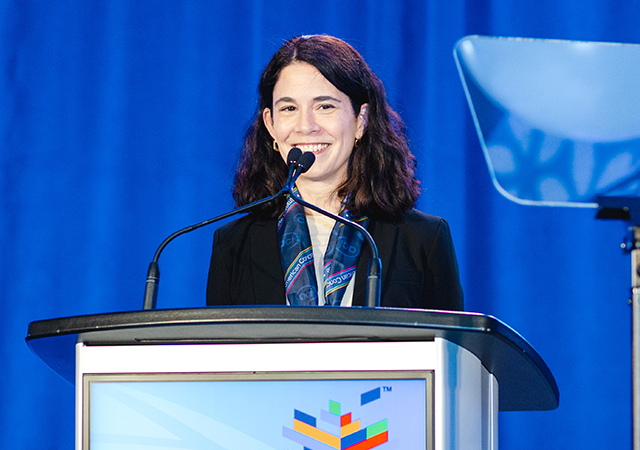
.jpg)





